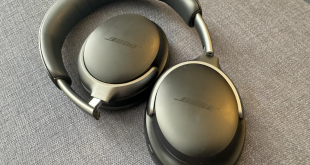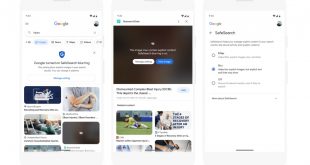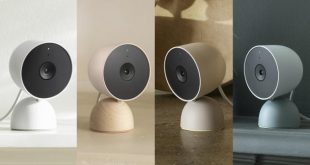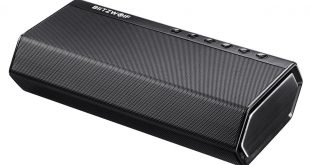High-tech clothing has recently become one of the more popular branches of wearable technology as designers as well as tech firms are getting into making fashionable and useful high-tech clothing items, for various purposes. So far, most high-tech clothing is designed with sports enthusiasts and buffs in mind, offering fitness tracking socks, shirts, pants and undergarments that feed information into a dedicated application. The medical uses of high-tech clothing can’t be ignored either, as the most recent clothing line from Independence Day Clothing has just proven.
Independence Day Clothing was founded by a parent of an autistic child, Lauren Thierry, in 2014. Lauren emphasized the need for tracking devices that can’t be removed nor misplaced in the case of autistic children, because her teenage son Liam tended to wonder off and get lost. Integrating GPS tracking technology into high-tech clothing is not a new concept, but each attempt to make the lives of those suffering from illnesses and their carers easier needs to be appreciated and celebrated. Even though wearable technology nowadays aims to be fashionable and impressively smart, many big companies forget that the main benefit from high-tech clothing or an other type of wearable technology comes from its tracking and alerting features that can help out medical personnel and patients.
An overwhelming 50 % of children suffering from autism have the tendency to wander, which is the case with other illnesses like Alzheimer’s, too. High-tech clothing developed by Lauren’s company aims to counter that tendency, or at least preventing it from leading to tragic consequences like loss, accidents or kidnappig. Lauren designed clothes which have hidden quilted pockets inside in which 2 inch GPS tracking devices can be placed, inconspicuous to the child wearing the high-tech clothing and to possible predators. Lauren says that her company is planning on implementing even smaller sensor into the clothing so that they can become virtually undetectable by touch or sight.
The benefit of this type of high-tech clothing is that parents can always keep track of their children, in case they get lost on their way to school or on a stroll with their friends. But designing clothes with autistic children in mind doesn’t just need a security touch to it, rather it needs a practical one, too. With this in mind, Lauren’s high-tech clothes aren’t just high-tech, rather they are easy to use by children themselves. The shirts and pants are the same backward and forward, so that there’s almost no wrong way of putting them on, which helps kids handle themselves easily without a parent’s intervention.
Even though Lauren’s idea and high-tech clothing line is overall a positive development of wearable technology catering to specific groups, the price tag that comes with her products is rather high. Lauren said that she aims to bring the prices down and eliminate the current subscription service that customers need to pay for acquiring the actual GPS tracker. Until that happens, though, prices of her unique items start at around $40, without the tracker and average at around $60 per item. The GPS tracker can be purchased for $105, while the monthly subscription will cost another $15. That’s a pretty big investment for a single tracker, but Independence Day Clothing is said to improve on the pricing aspect in the future.
Still, we can benefit from the idea! If you are a DIY amateur, you can easily recreate the hidden pockets in clothing, without having it be tagged as high-tech clothing. You can purchase your own GPS tracker from retail stores and connect it to your smartphone, and sew it inside the clothing items of your choice. Granted, you can’t really find 2 inch GPS tracking devices on the market that easily, but you can always improvise. Sewing in hidden pockets in the seams of kids’ clothes isn’t hard and you can practically do it in minutes, but you do need to find the right spot so that it won’t be conspicuous or noticeable by children. In any case, Lauren’s company has caught onto to something and is aiming to change the way we look at wearables, not to mention help with the problems autistic children and their parents are faced with on a daily basis.
 Tech Gadget Central Latest Tech News and Reviews
Tech Gadget Central Latest Tech News and Reviews



